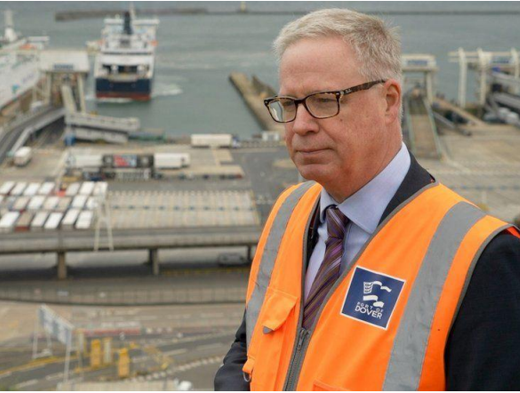The spectacular twists and turns of Britain’s political landscape since the Brexit referendum have brought a temporary respite for newspaper publishers, with the public returning to newsstands in greater numbers. However, the long-term trend for most print media remains downward, so it’s a good time to think what this means for the future of travel PR.

The latest annual ‘State of the News Media’ study by PewResearchCenter showed average weekday US newspaper circulation falling by another 7% in 2015, the greatest decline since 2010. Data from the UK’s Audit Bureau of Circulation confirms that the picture is similarly challenging for newspapers in the UK. UK magazines are faring better, but only a minority are seeing growth.
Of course, there’s no let-up in people’s demand for news. It is just that they are turning to other sources and are less prepared to pay for news content. Hence, the huge popularity of shared news on Facebook and the rise of free news websites like Huffington Post and Quartz.
At the same time, buyer habits are changing. Where once travellers would turn to the news media or a high street travel agent for holiday inspiration, millennials are likelier to start their buying journey on social media or with a Google search.
There’s no question that PR remains a vital part of the marketing mix. In fact, the need to manage your company’s reputation greater than ever, given that customers place such a premium on brands they trust. However, the next stage in travel PR’s evolution is for it to be deployed across an even broader range of the marketing spectrum.
Here are four ways to ensure you are properly aligning the work of your PR team with the needs of your business:
- Be smarter in media targeting. The big travel news brands still pack a punch but are harder to get into: fewer command big readerships, each employs fewer journalists and all are besieged by competing PR stories. At the same time, some new niche titles have become must-reads for certain audiences. Travel companies therefore need to be more analytical and selective about the outlets that will actually sway their particular customers. They need to develop processes for evaluating media coverage
- Put down the blunderbuss, pick up the rifle. Companies need to invest more time and effort in creating exclusive story opportunities for their top-priority outlets – a fully packaged story opportunity will often get you much further than a mass-distributed press release. Don’t be greedy or lazy in how you pursue press coverage: a single really well developed opportunity with an important publication can create some of the most memorable, message-rich coverage.
- Strengthen your social media through PR. Social media remains a bit of a football in many organisations, with many competing views on who should ‘own’ it. However, there is a very strong argument for PR owning or driving the social media function, because in most instances it is the ‘corporate voice’ to the outside world. Successful social media is about listening, telling good stories and engaging followers with content they have a use for, exactly the same mentality that drives successful media relations.
- Integrate travel PR and content marketing. The PR skillset is also a natural fit with content marketing – not only in terms of writing skills, but also in communications strategy and devising relatable and shareable content. There is consequently a powerful opportunity to harness PR’s capabilities within the content marketing sphere and to elevate this combination into a lead generation.








